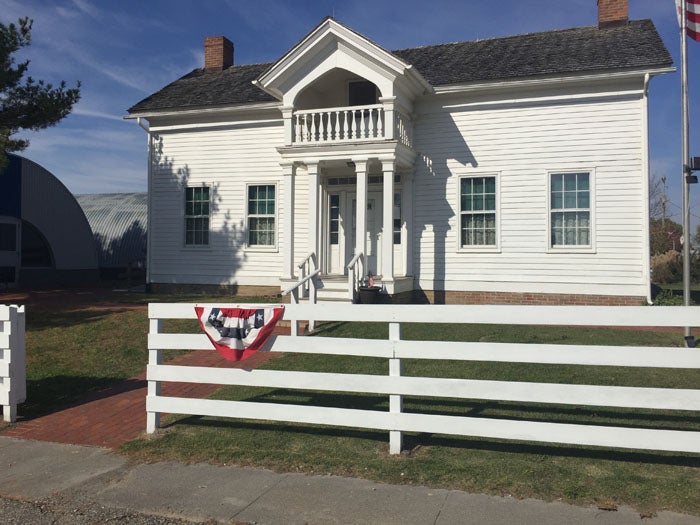2 aging Bataan death marchers have died
Published 12:15 pm Thursday, January 7, 2016
They both died over the weekend — my two long-time connections to the Bataan Death March:
• Damon Conrad Alberty of Mayodan, who lied about his age to join the Army to see the world in 1941 at age 16. He saw plenty.
• James Dixon “J.D.” Beshears of Clemmons, a farm boy from Davie County who emerged from a Barium Springs orphanage with a buddy to join the Army in 1942 as World War II brewed overseas. Both were assigned to a remote American post in the Philippines, previously considered a trip to a tropical paradise.
After Pearl Harbor, the Pacific Ocean was controlled by the Japanese, and the invaders began picking off island after island with little resistance. At Bataan, the Japanese encountered a creative American army that refused to surrender to the desperate reality of their fateful circumstances. They were cut off without hope of assistance or fresh supplies. The American force had retreated from Manila to their Bataan fortifications for a last stand.
The Americans’ two-month resistance embarrassed the Japanese invaders. The frustrated Japanese army commander committed suicide.
Bataan was something of a modern day Alamo.
I had never heard of Bataan until I met Conrad Alberty at Mayodan Moravian Church when I took a newspaper job there in 1978. His war stories of beheadings and brutality, marching through tropical heat without food or water, savage Japanese soldiers butchering their prisoners …. rattled me.
Those stories are all true, his friends and neighbors told me. Look it up. He lived through hell. He had seen things others could not imagine.
Alberty told me he wished the Americans had fought to the last man to avoid becoming prisoners of war to the Japanese, who treated their prisoners even worse than the Germans.
Beshears, in contrast, said the surrender was the obvious thing to do. The Americans were out of bullets, out of food, out of any ability to mount a defense. Two months of resistance had left the survivors numb and sick. They had eaten the army horses and anything they could catch.
Japanese promises of civil treatment … were all lies.
The march to a prison camp helped winnow the number of prisoners. They died of heat, exhaustion, lack of water, drinking contaminated water and diseases. Those who stumbled and fell were bayoneted. Beheadings were common. Prisoners were an inconvenience. The roadside was littered with bodies.
As bad as the Americans had it, the Filipino soldiers were treated even worse. Prisoners became slave laborers for the rest of the war.
Always gracious, Conrad Alberty invited us home from church for Sunday lunch at his house a couple of times. We talked about the war when the women weren’t near. I left with my mind spinning with the horror stories.
Modern sensibilities have been refined in the 75 years since the beginning of World War II. The recent horrors we have seen posted on the Internet by ISIS in Syria and Iraq were magnified a hundred times in World War II by the Japanese and Germans. Brutality knew no bounds. Surrounded by the German army, the City of Leningrad was left to starve for two years, resulting in the deaths of 1,500,000 Russians. Rape and wanton murder were the routine methods of invading Japanese soldiers across the Pacific. Jews, gypsies, Russians — those without the right pedigree — were exterminated.
Conrad Alberty and J.D. Beshears were among the fast-dwindling living witnesses of how evil mankind can stoop.


